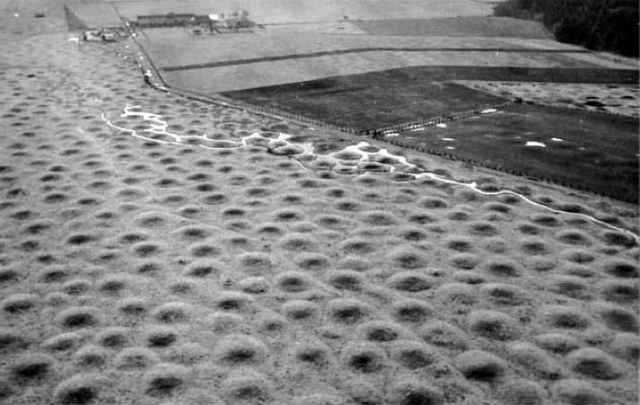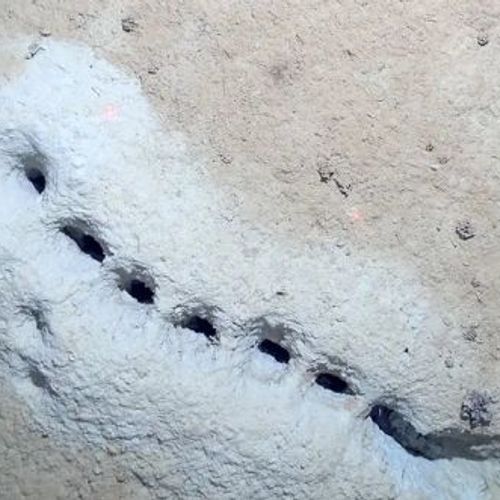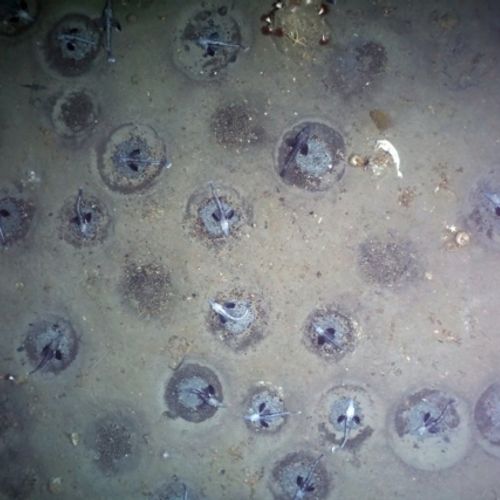
| Added | Mon, 28/02/2022 |
| Источники | |
| Дата публикации | Tue, 24/04/2018
|
| Версии |
Researchers led by a geologist from the University of California (University in California) have finally solved the mystery of landscape formations known as Mima mounds.
For the first time, round or oval hills covered with grass were discovered in 1841 in the prairie in Washington State. In the XIX century, researchers developed a theory according to which the mounds are Indian burials, but their guesses were not confirmed - no human remains or relics were found inside the structures.
Trying to explain the origin of the 2-meter hills also found in the states of Oregon, Idaho, California and Louisiana, experts and amateurs have come up with many versions, ranging from natural disasters such as earthquakes or floods, and ending with the work of aliens.
Recently, a geologist from the University of California, Manny Gabet, gave an answer to a question of concern to scientists, who together with researchers created a computer model demonstrating how generations of ground squirrels measuring 30 cm and weighing only a few hundred grams build huge earthen citadels for 500-700 years.
According to the scientist, animals build small pyramids out of soil, pebbles and withered plants.
"They (mounds) have been around for centuries, as generations of ground squirrels inhabiting these territories live in the hills and continue to build them," explains Manny Gabe. — If you scale the size of their body, it turns out that they erect the largest structures. In terms of effort, it's like one person building pyramids."
Gabe's computer model, which was published in the journal of Geomorphology, depicts the unique behavior of virtual ground squirrels: during their work, small furry animals push the soil upwards, instead of going deeper into the ground.
According to the results of the study, ground squirrels begin their work with the slow formation of a mound, and then their descendants continue this process.
As the LiveScience journalist notes, no one has seen the Mime mounds under construction, which indicates either the cessation of construction or the very slow pace of the construction of the hills.
A soil scientist from the University of Washington, Ronald Sletten, who studies the mounds of Mime, told reporters the following:
"The Gabe model is not a definitive proof of the gopher theory, but it shows that it is quite possible."
Новости со схожими версиями
Log in or register to post comments









